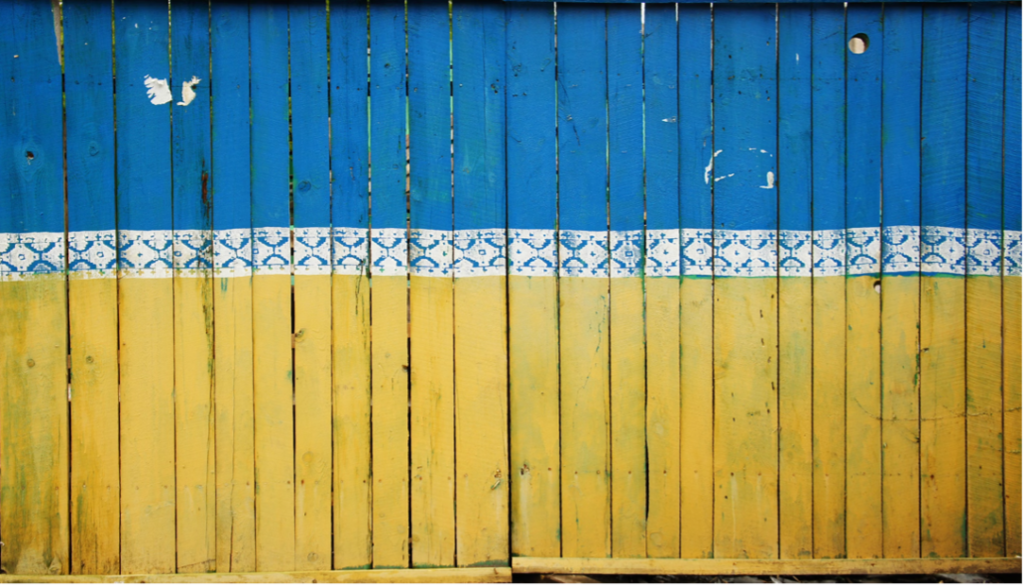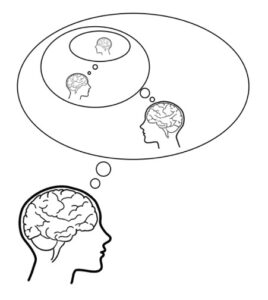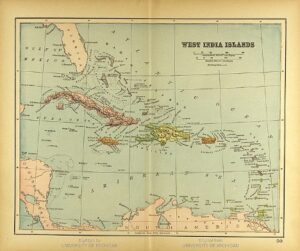This publication is in proud partnership with Project UNITY’s Catalyst Academy 2023 Summer Program.

Source: Tina Hartung
The United States government has allocated more than 75 billion dollars of aid to Ukraine since the start of the war1. With all this money being issued, questions are being raised, and rightfully so: how much money is needed to end the war? Will it ever end? Is there a peaceful end, or one filled with more bloodshed? Although tensions between Ukraine and Russia have been high since 2014, the Russian invasion of Ukraine in 2022 has exacerbated them2. And while thousands of dollars and lives are being lost, the fighting still persists. In this blog, I hope to describe the impact of the conflict on public health within Ukraine, and the ongoing humanitarian crisis as a result.
In 2022, Russia invaded Ukraine in a full-scale attack. Russia has pushed all the way into the boundaries of Kyiv, but currently is being fought off by Ukrainian Soldiers who are determined to protect their homeland 2. Although there have been several peace talks, none of them have come to fruition, and the longer fighting rages on, the possibility of peace wanes. With military might at its peak, casualties are at devastating amounts. Over 350,000 civilian and soldier lives have been taken due to war, the number increasing at every hour of the day 3. Unfortunately, war is a complex topic, and militaries are hard to control. Ukrainian and Russian nationalism have only led to increased resentment and controversial rhetoric. With Ukraine backed by NATO allies, and Russia having heavy military allies such as Belarus, one misjudged action could spark a worldwide war4.
Amidst the ongoing fighting, millions of Ukrainians have been struggling with a humanitarian crisis. Displacement is a key issue5. While warfare consumes parts of Ukraine, many families have lost their homes due to airstrikes, their family members due to gunfire, and their jobs. Over 13 million Ukrainians have been displaced, 8 million having to move outside of the country to find a stable living situation5.
With mass displacement, an often-overlooked area of concern is infectious diseases. While countries such as the United States have had ample time to distribute vaccines, educate the public, and spread awareness over viruses such as COVID, Ukraine simply has not due to the presence of war. Thus, not only has warfare been a plague in Ukraine, but so has COVID5. With inadequate living areas, lack of equitable healthcare, and poor hygiene, infectious diseases have spread rapidly, creating a major concern for an already struggling Ukrainian population5.
Another aspect of the humanitarian crisis relates to Ukraine’s infrastructure. In early June of 2023, the Kakhovka Dam, under Russian control at the time, was destroyed by crossfire, leading to floods, evacuations, and a lack of usable water6. Tens of thousands of Ukrainians and even Russian civilians were evacuated, and even more do not have a stable water supply6. The dam is only one example, however. Neighborhoods have been destroyed by crossfire and warfare, leaving people without shelter. Healthcare facilities are overburdened or destroyed, unable to serve the injured or wounded. Even necessities such as electricity and power have been scarce5.
Although the Ukraine-Russo war still persists, many efforts have been made to end the war and help the Ukrainian population. As mentioned above, the United States government has donated billions of dollars in military, financial, and humanitarian aid towards Ukraine7. Additionally, programs and initiatives have been put into place to aid Ukraine. Programs such as the Temporary Protection Directive (TPD) “enables EU Member States to move rapidly to offer protection and rights to people in need of immediate protection to prevent national asylum systems from being overwhelmed”7. Furthermore, public support for Ukrainians has allowed for increased food supply, temporary shelter and housing, and clothing for individuals in need. Recently, a friend of mine took in a Ukrainian refugee to live in their home, and gave me the inspiration to write this blog. These simple acts of kindness can go a long way, especially in helping a damaged Ukrainian community tainted by warfare.
Amidst a controversial war, it can be easy to have strong opinions against one side or another. However, if anything is certain, it is that the people struggling in the Ukraine-Russo war need help. If we can continue to do our part in donating to Ukrainian causes, and increasing awareness and public support, we can make a significant dent in this ongoing public health crisis. While the outcomes of the war may be out of our control, the one thing we can help improve is the public health of the community. Programs, initiatives, and human relief should be continuously provided to ensure the safety of those in danger.
References
- Masters, J. (2022). How Much Aid Has the U.S. Sent Ukraine? Here Are Six Charts. Council on Foreign Relations https://www.cfr.org/article/how-much-aid-has-us-sent-ukraine-here-are-six-charts.
- Ray, M. (2023). Russia-Ukraine War. Encyclopedia Britannica.
- Reuters. (2023). Ukraine war, already with up to 354,000 casualties, likely to last past 2023 – U.S. documents.
- York, C. Who are Russia’s allies? A list of countries supporting the Kremlin’s invasion of Ukraine. Get the Latest Ukraine News Today – KyivPost https://www.kyivpost.com/post/13208.
- Roy, D. (2022).. How bad is Ukraine’s humanitarian crisis a year later? Council on Foreign Relations https://www.cfr.org/in-brief/ukraine-humanitarian-crisis-refugees-aid.
- Blann, S. & Stepanenko, V. (2023). Major dam collapses in southern Ukraine, flooding villages as Moscow and Kyiv trade blame. AP News https://apnews.com/article/russia-ukraine-war-kakhovka-dam-flood-evacuation-eecc9952c2d9f500c38b0a873f69438c.
- Members’ Research Service. (2023). One year of temporary protection for people displaced from Ukraine. Epthinktank https://epthinktank.eu/2023/02/28/one-year-of-temporary-protection-for-people-displaced-from-ukraine/.
Related Posts
Understanding the Social Factors Affecting Cancer Therapy
Cover Image: A patient being prepared for radiation therapy. (Source:...
Read MoreCaribbean History through Genetics and Archaeology
Figure 1: A map of the Caribbean Islands from 1894...
Read MoreTrust: The Essence of Good Policy Implementation
Figure 1 President Tsai Ing-wen inspects the Central Epidemic Command...
Read MoreThe Public Health Implications of Chronic Kidney Disease in San Diego
This publication is in proud partnership with Project UNITY’s Catalyst Academy 2024...
Read MoreAccording to New Research, Blue Whale Migrations Can Be Studied Through Song
Figure 1: A blue whale’s fluke (tail fin) sticks out...
Read MoreDhruv Malladi






